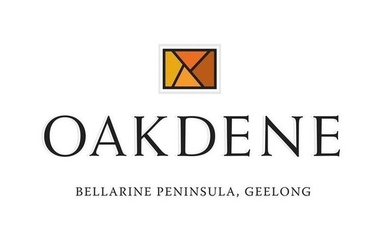The Sparkling Season (Ruby Magazine - Spring 2014)

Every year, the arrival of racing and event season means sparkling wines are centre stage. But apart from the bubbles, do you really know what goes into that delicious glass of joyous fizz?
Steven Paul from Oakdene says that when we're talking sparklings, it's not all about bubbles.
In Australia, we produce and drink sparkling pinot, sparkling chardonnay, or sparkling pinot chardonnay. Ever wondered about the pinot element in those light-filled golden wines? If you're a novice quaffer - and there are plenty of us - here's why. All grape juice is clear. The colour comes from the press and how much of the skin is allowed to pigment the juice. In fact, well over half of the Champagne grapes grown in Champagne are black grapes.
Sparkling wine can be made in several ways and it is the method that changes the finished product. For all sparklings, the base wine is made of just ripe grapes with low levels of sugar and high acidity.
The quickest and therefore cheapest method is carbonating. This is the SodaStream of the wine world - literally injecting CO2 into the base wine. This simple and aggressive method of producing fizz results in large bubbles that dissipate quickly.
Our better quality sparklings take you into the more traditional production methods. The Charmat Method, also known as the Italian Method (Metodo Italiano) is a traditional method producing lightly sparkling wines.
The Charmat Method involves a second fermentation of the base wine in a pressurised tank, which is where the bubbles are made. The wine is then clarified, additional sugar may be added if a sweeter wine is desired, then aged. Wines produced by this method have not spent much time on yeast, and will generally be fresh, fruit driven styles with reasonable persistent bubbles.
The Champagnes produced in France are made under the Classic Method or Methode Champenoise. These wines are characterised by yeast-derived characters and very fine, persistent bubbles.
The most complex method of producing sparkling wine, the Classic Method sees the base wine decanted into bottles for the second fermentation and aged 'on lees', meaning on yeast. The curiously termed 'riddling' is the next step, whereby the bottles are rotated on an angle toward the neck of the bottle. The bubbles are made by the yeast feeding on the sugars, producing carbon dioxide.
During disgorgement, the yeast that has gathered in the neck of the bottle is removed, usually by freezing it into a block using liquid nitrogen, and removed. The wine may or may not then be dosed with extra sugar for sweetness, bottled, corked and aged. When ready, sparklings made by the classic method will have those incredibly fine bubbles that sing on your tongue and last throughout the glass (or the bottle!).
What is the difference between vintage and non-vintage? Vintage means the wine has been produced using grapes from a single year, while non-vintage, often shown as NV on the bottle, will be produced using wine from different years. These complex and savoury sparklings shine with food.
And there you have it, our insider's guide to sparkling wine, so when the conversation at this season's events turn to wine, you can shine.
Steve's suggestion: When buying a quality local sparkling, drink it now while it's fresh and lively. All the ageing and hard work is done in the production for you to enjoy the wine when you buy it.
